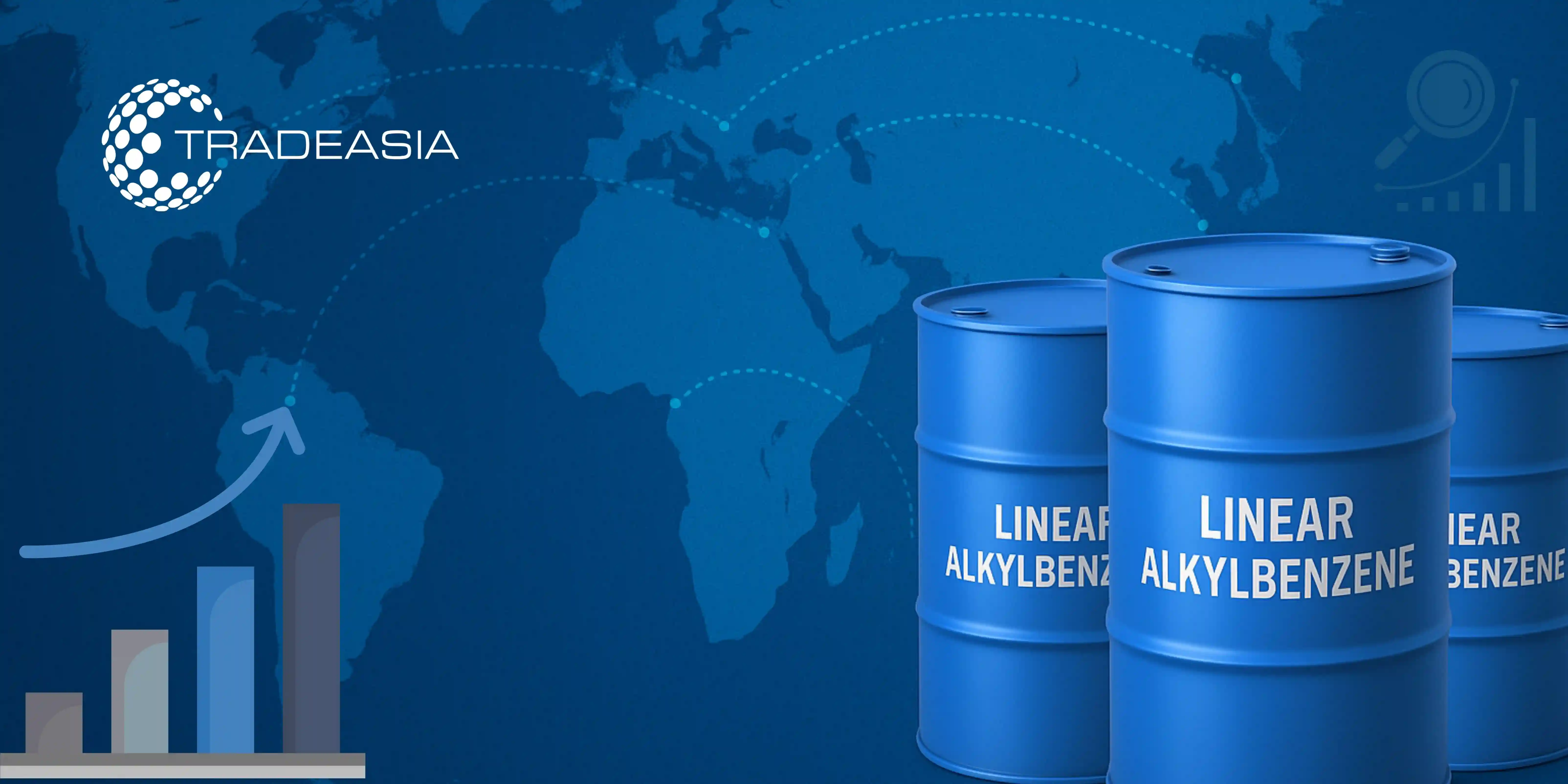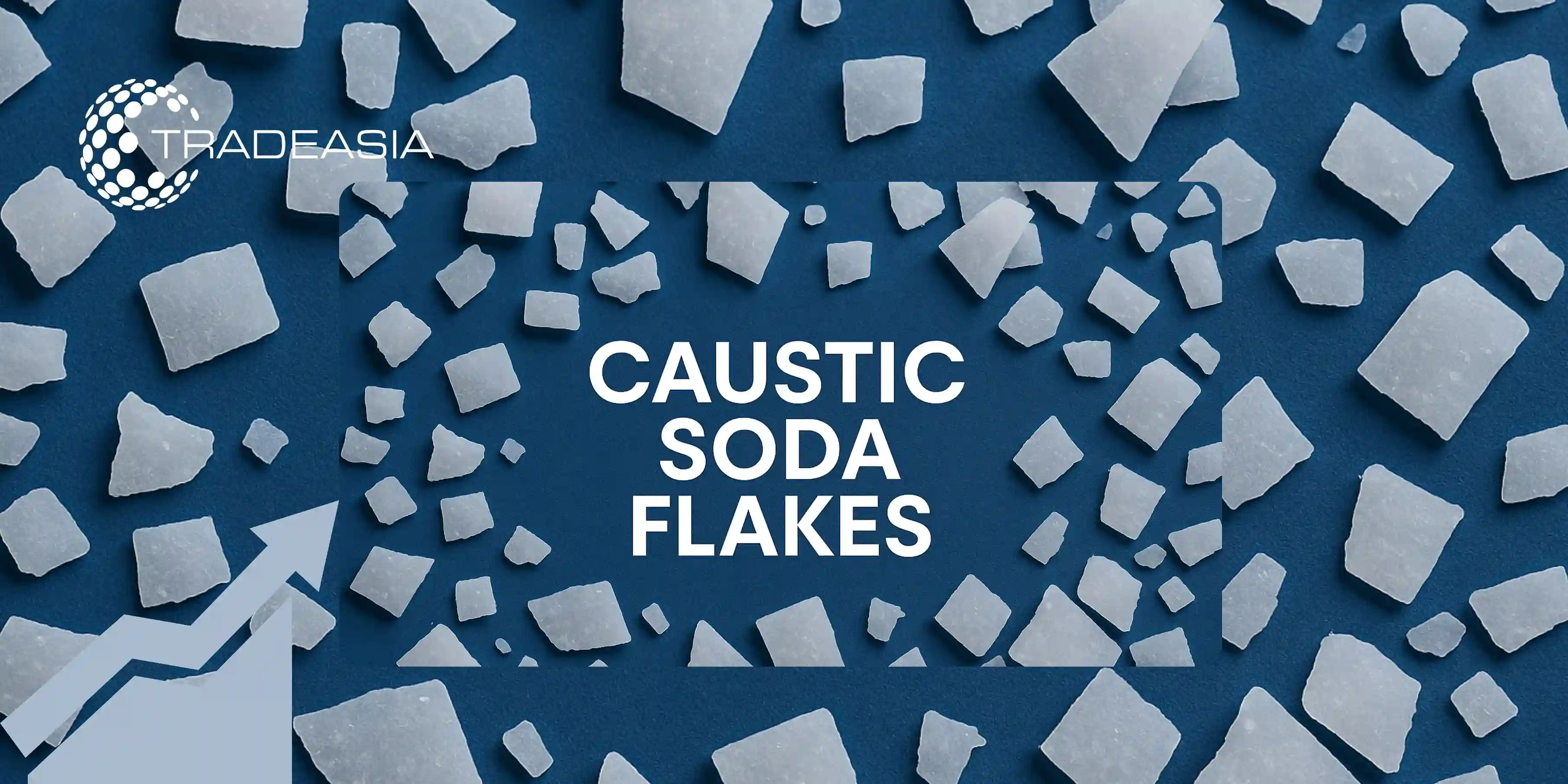Understanding the Linear Alkylbenzene Market
Linear Alkylbenzene (LAB) is a crucial petrochemical intermediate primarily used in the production of linear alkylbenzene sulfonate (LAS), the world’s most widely consumed synthetic surfactant. With applications in household cleaning, laundry detergents, and industrial cleaners, LAB plays a vital role in the global chemicals and consumer goods industries.
As industries evolve, the demand for efficient, biodegradable, and affordable surfactants continues to increase. LAB, being cost-effective and environmentally acceptable compared to some alternatives, holds a competitive advantage. From 2025 to 2033, market forecasts suggest that LAB will remain a dominant player in the detergent chemicals sector, with consistent demand driven by both emerging and developed economies.
This article analyzes the global LAB market, exploring growth trends, demand factors, regional perspectives, sustainability challenges, and long-term opportunities. It provides an outlook on how the market will evolve between 2025 and 2033, with insights for manufacturers, investors, and suppliers.
Global Growth Trends in LAB Market
The global LAB market is projected to witness steady growth during 2025–2033, primarily due to increasing demand for surfactants in detergents and cleaning products. According to Market Research Future, global consumption is expected to rise at a compound annual growth rate (CAGR) of around 4–5%.
Urbanization and rising disposable incomes are leading to higher consumption of household cleaning products, especially in Asia-Pacific, Latin America, and Africa. LAB-based detergents are preferred because of their efficiency in hard and soft water conditions, making them ideal for diverse markets. The growing emphasis on hygiene and sanitation following the COVID-19 pandemic has further boosted long-term demand.
Additionally, industrial applications such as emulsifiers, lubricants, and agricultural chemicals contribute to market stability. As industries expand, particularly in developing economies, LAB consumption is expected to maintain a positive trajectory, supporting steady global growth.
Demand Drivers and Consumer Behavior
The primary driver for LAB demand is its role in producing linear alkylbenzene sulfonate (LAS), a biodegradable surfactant. With global detergent consumption increasing annually, LAS remains the preferred choice due to cost-effectiveness and performance. Rising detergent penetration in rural and developing areas contributes significantly to demand expansion.
Consumer behavior is also shifting toward hygiene-focused lifestyles, which translates into higher detergent usage. According to Grand View Research, the global household detergent segment accounts for the largest share of LAB demand, and this trend will continue through 2033.
In addition, the food and beverage, textile, and healthcare industries increasingly demand cleaning and sanitation chemicals. This diversification of applications strengthens the LAB market by expanding its use beyond household detergents, ensuring resilience in times of fluctuating consumer behavior.
Regional Market Perspectives
-
Asia-Pacific
Asia-Pacific is the fastest-growing region for LAB, with countries like China, India, and Indonesia leading demand due to large populations and rapid industrialization. Local detergent manufacturers dominate the regional market, supported by rising consumer incomes and urbanization.
-
Europe
In Europe, demand is driven by environmental policies encouraging the use of biodegradable surfactants. LAB’s relatively eco-friendly profile makes it a preferred option. The focus on green chemistry and circular economy policies influences consumption patterns in the region.
-
North America and Middle East
North America maintains stable demand through established detergent brands, while the Middle East is emerging as a significant producer due to availability of feedstocks like kerosene and benzene. According to ICIS, new production facilities in the Middle East will enhance supply security for global markets.
Price Trends and Supply Chain Dynamics
The pricing of LAB is closely linked to crude oil and benzene prices, as these are key feedstocks. Volatility in global crude oil markets, particularly influenced by OPEC policies and geopolitical events, directly affects LAB production costs.
Supply chain efficiency also plays a critical role. In recent years, disruptions such as shipping delays and raw material shortages highlighted the vulnerability of global LAB trade. Manufacturers are increasingly diversifying supply sources and investing in regional production facilities to reduce risks.
Despite price fluctuations, LAB remains cost-competitive compared to alternative surfactants. This competitive pricing supports continued preference among detergent manufacturers, particularly in price-sensitive markets like Asia and Africa.
Sustainability and Environmental Considerations
Sustainability is becoming a decisive factor in chemical markets. LAB has the advantage of being more biodegradable than certain branched-chain surfactants, which positions it as an environmentally acceptable option. However, its petrochemical origin still raises concerns regarding carbon emissions and long-term sustainability.
Companies are investing in greener production technologies, such as renewable feedstocks and improved catalytic processes, to reduce the environmental footprint of LAB. The integration of circular economy practices, such as recycling and waste reduction, is also becoming more common among leading manufacturers.
Regulatory frameworks in Europe, North America, and Asia are tightening, pushing producers to adopt more sustainable methods. The global trend toward eco-friendly consumer goods further enhances the role of LAB as a transitional chemical until bio-based surfactants become more scalable.
Key Players and Competitive Landscape
The global LAB market is highly consolidated, with a few major players dominating production and distribution. Companies such as CEPSA, Sasol, Reliance Industries, and Huntsman Corporation are leading suppliers, supported by integrated supply chains and large-scale production capacities.
These players focus on expanding production in regions with abundant raw material availability, such as the Middle East and Asia. Joint ventures and strategic partnerships with detergent companies further strengthen their market positions.
Meanwhile, regional producers continue to expand to meet localized demand. For example, Southeast Asian producers are increasing output to cater to growing domestic detergent consumption, reducing dependence on imports from larger players. This balance between global giants and regional manufacturers defines the competitive landscape.
Market Outlook 2025–2033
Looking ahead, the LAB market is expected to sustain moderate but stable growth. Household detergents will remain the dominant application, while industrial uses diversify demand streams. The market’s resilience will be supported by population growth, rising hygiene awareness, and expanding detergent penetration.
From 2025 to 2033, Asia-Pacific will continue to lead global demand, while Europe and North America will emphasize sustainable production and eco-friendly formulations. The Middle East is likely to emerge as a key supplier due to favorable feedstock economics.
Despite challenges from alternative bio-based surfactants, LAB will remain competitive because of its affordability, efficiency, and established role in detergent production. Innovations in production technologies may also reduce environmental concerns, ensuring LAB’s place in the global market for years to come.
Conclusion
Linear Alkylbenzene is not just a raw material it is the backbone of the global detergent industry. Its affordability, efficiency, and biodegradability ensure its relevance in both developed and developing markets. From 2025 to 2033, steady demand growth, driven by hygiene awareness, population expansion, and industrial applications, will support LAB’s global outlook.
While sustainability concerns present challenges, ongoing innovation in greener production methods promises to strengthen LAB’s long-term prospects. Major players are investing in efficiency, regional producers are filling local demand gaps, and regulatory frameworks are shaping a more sustainable industry.
In conclusion, the LAB market is poised for stable growth and transformation over the next decade. For investors, suppliers, and manufacturers, LAB represents both a secure opportunity and a stepping stone toward a more sustainable chemical future. To explore supply opportunities and secure reliable sourcing of Linear Alkylbenzene for your detergent or industrial applications, contact us today.
References


Leave a Comment